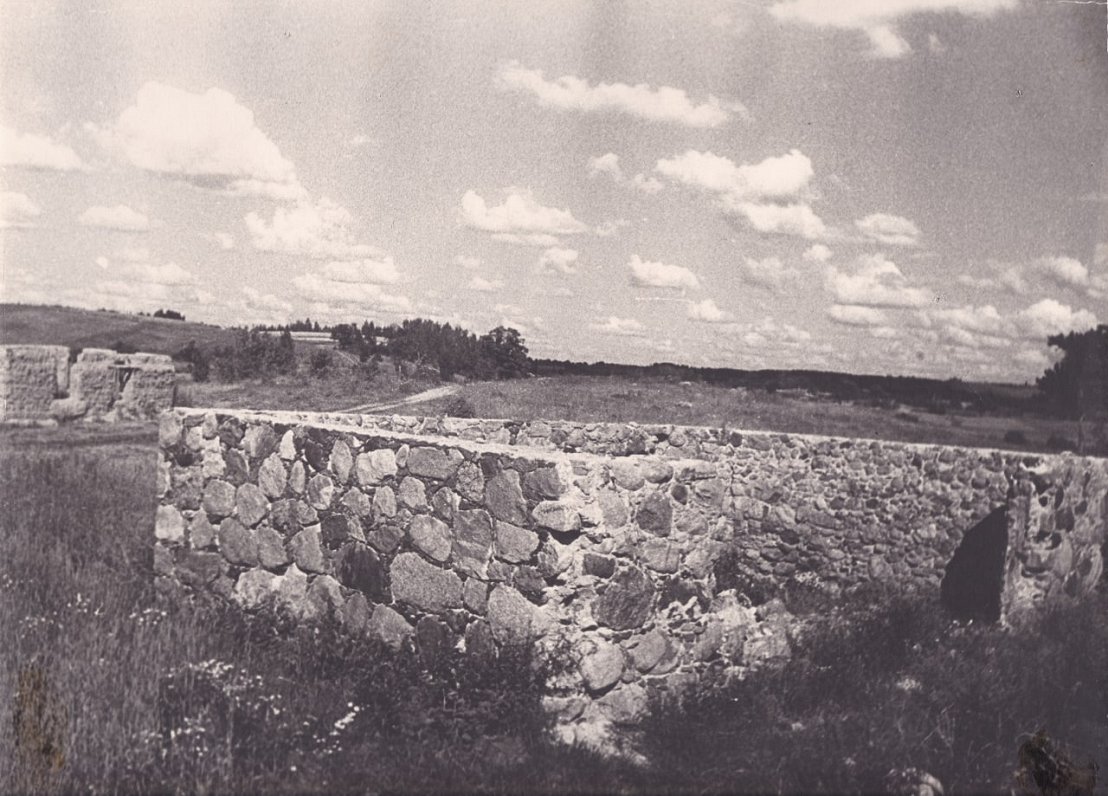Occupying Nazi forces had accused the village of sympathizing with and aiding pro-Soviet 'Red Partisan' fighters and embarked on one of the most appalling punitive actions of the Second World War, executing virtually the entire village population, regardless of their involvement or non-involvement in the sheltering of enemy forces.
On January 3, the majority of the population of Audriņi village (approximately 200 people) was killed in the territory of the Ančupāni hills shooting range, and a day later 30 village men, including a 13-year-old boy, were publicly shot in Rēzekne market square as a warning to the civilian population of the region.
One of the alleged ringleaders of the massacre, Boleslavs Maikovskis, escaped to the United States at the end of the war but later fled to Germany when the extent of his involvement in the slaughter was exposed by the Central Intelligence Agency.
He was put on trial for mass murder in West Germany but his trial never ended as his health failed. He died in 1996.
The LSM Latvian language service has this lengthy account of those disgraceful events and their victims, while the Occupation Museum has an account of why the Audriņi massacre remains a controversial and much-argued subject to the present day.




























